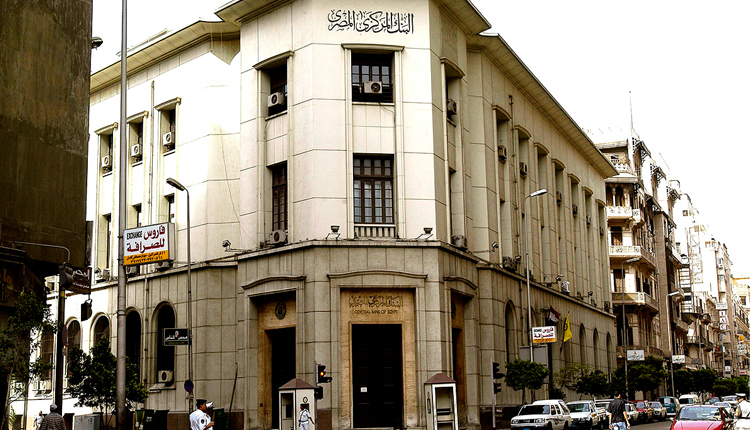Rising foreign remittances rein current account deficit in Q3 2019-2020
Egypt’s current account deficit narrowed by 39.2% year-on-year (YoY)
A rise in foreign remittances helped Egypt’s current account cushion the effects of the covid-19 pandemic during 3Q FY2019-2020according to official data released by the Central Bank of Egypt yesterday.
The deficit has been narrowed significantly by 39.2 percent to $2.8 billion from $4.5 billion a year earlier,
Remittances, a key source of hard currency for the country, increased by $1.7 bn to $7.9 bn during 3Q2019-2020 despite the global headwinds in March.
This helped the current account deficit for the first nine months of the fiscal year shrink to $7.3 bn, compared to $9.8 bn a year earlier.
The non-oil trade deficit fell by $ 2.2 bn to $ 27.3 bn during the first three quarters of FY2019-2020, from USD 29.5 bn in the same period a year earlier.
A key contributor was merchandise exports such as gold, radio and TV transmitters and pharma products, which rose by $1.2 bn to $ 13.6 bn. Imports of iron, coal, spare parts for cars, and pharma products dropped, contributing to the reduced deficit. In 3Q, non-oil merchandise exports rose almost $300 mn to $4.4 bn while imports fell 3.2 percent to $13.7 bn.
The oil trade deficit widened to USD 773.3 mn in 9M2019-2020 (from a USD 294.3 mn deficit last year), driven by a decline in oil exports, which fell by USD 1.2 bn to USD 7.3 bn. The deficit would have been wider had it not been for the slump in oil prices in 3Q, which caused a 21.3% decline in oil imports to USD 2.3 bn during the three-month period.
Foreign direct investment inflows more than halved during 3Q to USD 970.5 mn from USD 2.3 bn in 3Q2018-2019, amid heightened uncertainty because of the pandemic.



